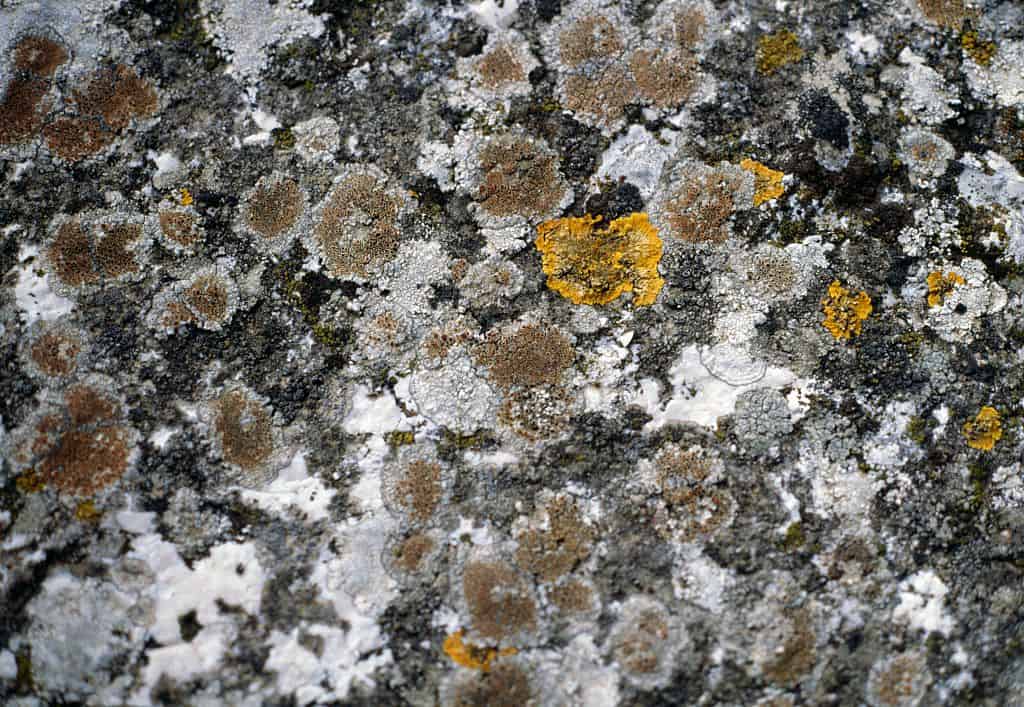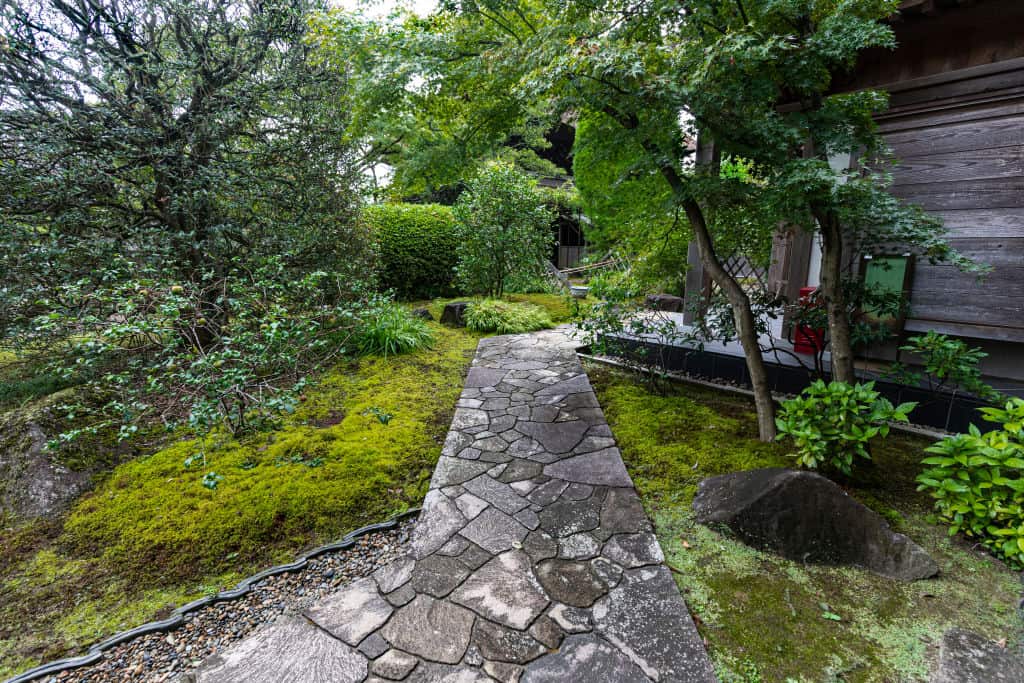Manual pulling, burning, chemical agents or maybe home-made vinegar-based specifics? We present reliable methods for fighting moss and efflorescence, which appear on paving stones.
Every house owner at some stage has to decide what material he is going to use to build alleys or a driveway to his property. Very often the choice falls on cobblestone. No wonder, since this material is not only aesthetic (it comes in many shapes and colors), but also very durable.
Paving stones are resistant to various types of damage, loads or low temperatures. In addition, it does not absorb a lot of moisture, so it is not afraid of corrosion. It is also worth mentioning, how easy is installation and dismantling of paving blocks, which can be done even by oneself – no specialist equipment or skills are needed.
After all the advantages, it’s time for disadvantages, actually one of them. A big problem is the issue of weeds, moss and other efflorescence growing between individual pavers and on their surface. This is a common problem that needs to be dealt with in some way. If not dealt with quickly, paving stones will become heavily overgrown and lose their aesthetic value. We present proven methods of fighting against this problem.

The easiest way to remove weeds and moss from your paving stones is to pull them out by hand. Be careful: All weeds should be pulled out together with their roots, otherwise they will grow back even faster. However, this method will only work for small areas and single clusters of weeds. You can also use tools with bent metal parts to make the process easier. However, over a large area with many weeds, you would not be able to do it by hand.
If there are more weeds and moss, then we can burn them with a gas burner. The dried moss will fall off on its own, so the next step is to sweep it carefully. The above method gives quick and long-lasting results.

You can also opt to prepare a homemade product that will clean the paving stones of unwanted plants. Simply spray all the weeds, moss, and efflorescence with a solution of water and vinegar (in a 2:1 ratio). This is not only an effective way (although sometimes you have to repeat such spraying several times), but most of all it is natural and ecological. It is best done on sunny days. Then the effect of the mixture will be intensified. What is important is that we don’t use salt solutions, which are bad not only for the cube itself, but also for the soil.
>> See also: Planting tomatoes step by step
The next method is already more radical. Here chemicals come into play, the use of which is indifferent neither to us nor to the environment. Chemical spraying gives spectacular results, but first you need to make a test, spraying it on a small area. Then, we can see if our paving blocks are exposed to any unsightly discolorations. When dealing with chemicals, it is also necessary to be careful, use protective gloves and wash your hands thoroughly after the work is done. Remember also that the spraying of chemicals must be very thorough, so that they penetrate into every crevice. You have to remember, that weeds and moss appear not only in the cracks between pavers, but also on their surface. Then, special impregnations are the best solution, thanks to which the penetration of various substances will be limited, and all deposits and moss will be removed simply by using water under pressure. Such pressure washers are safe and do not affect the structure of the paving blocks in any way.